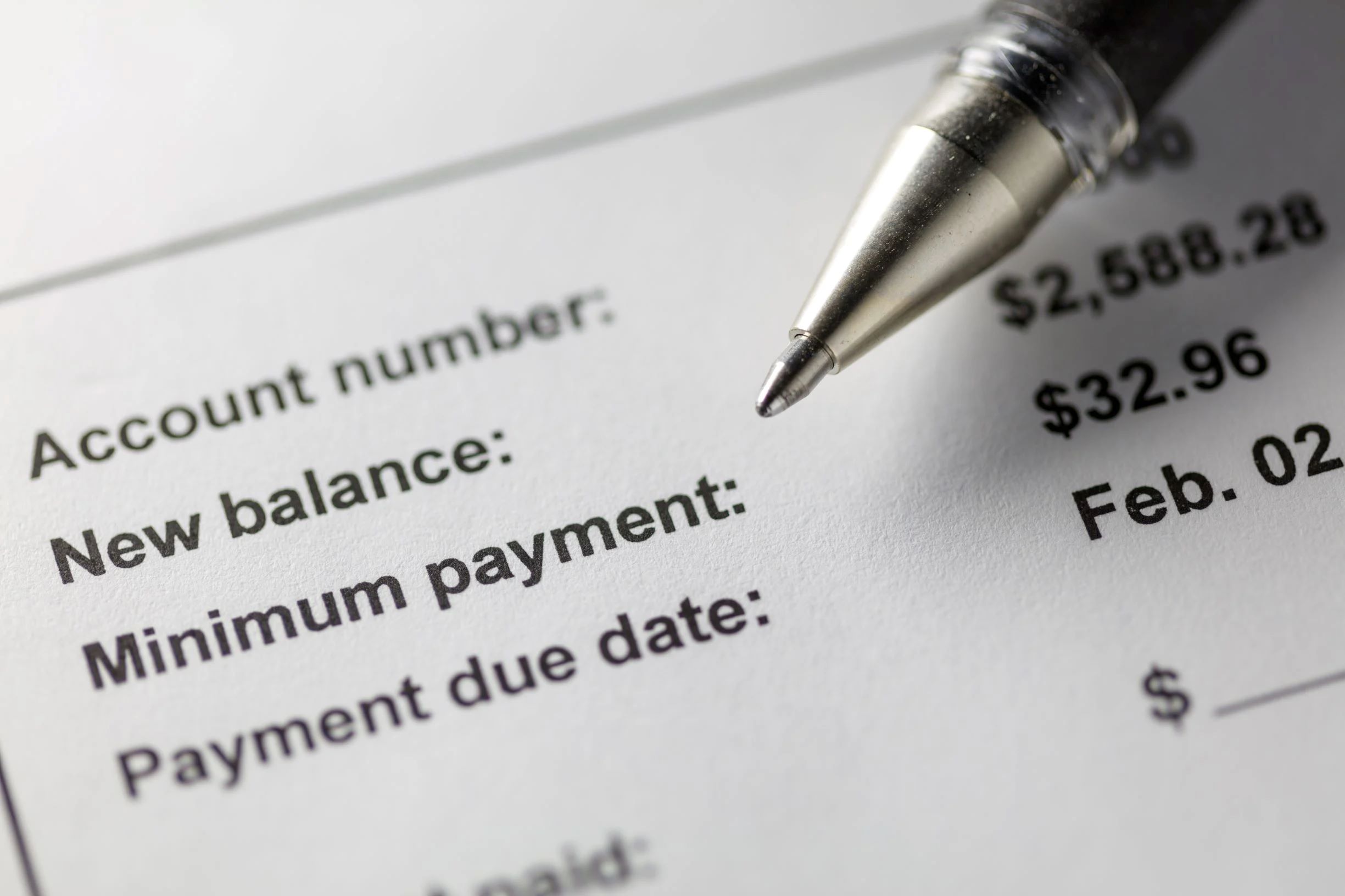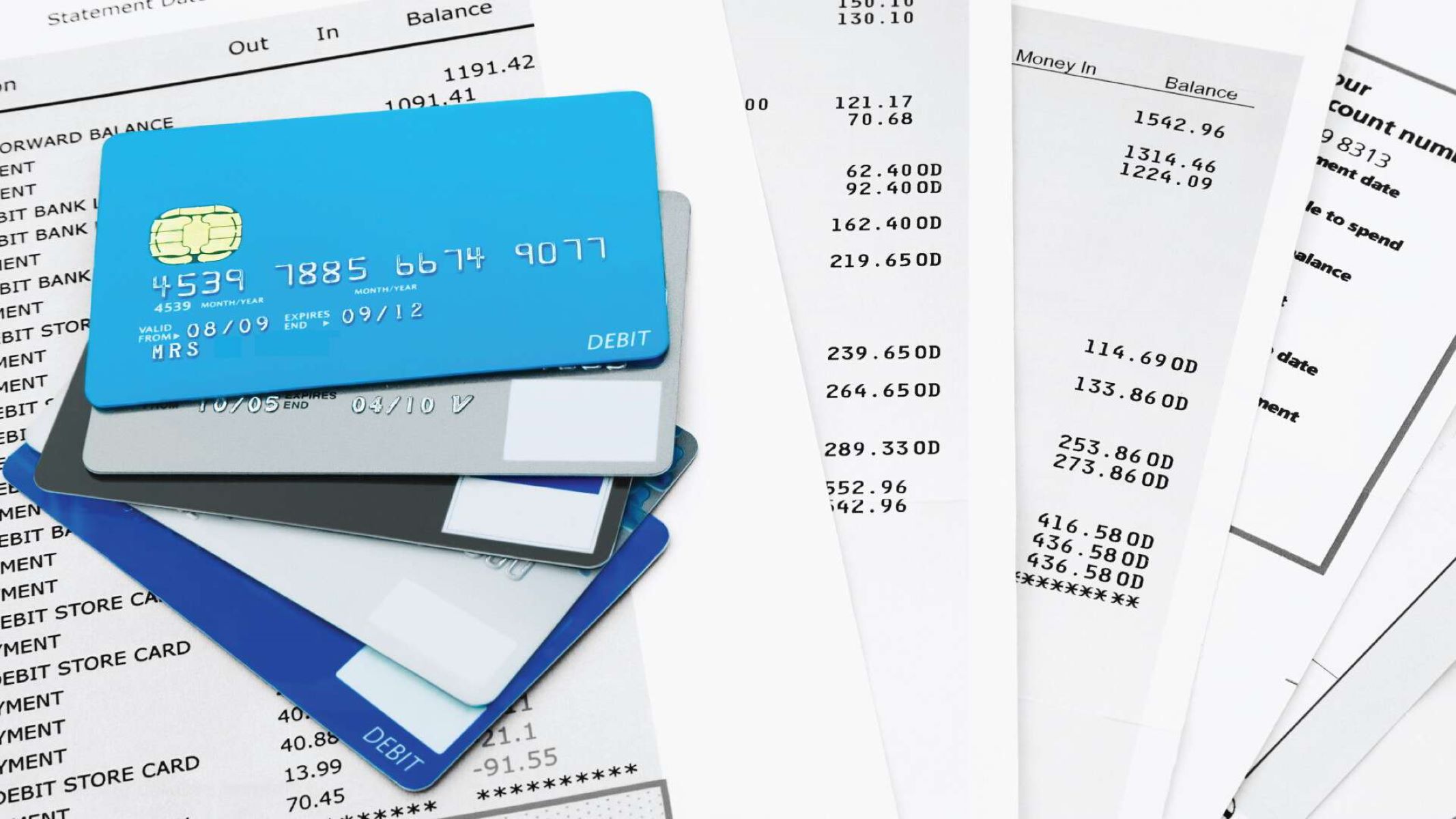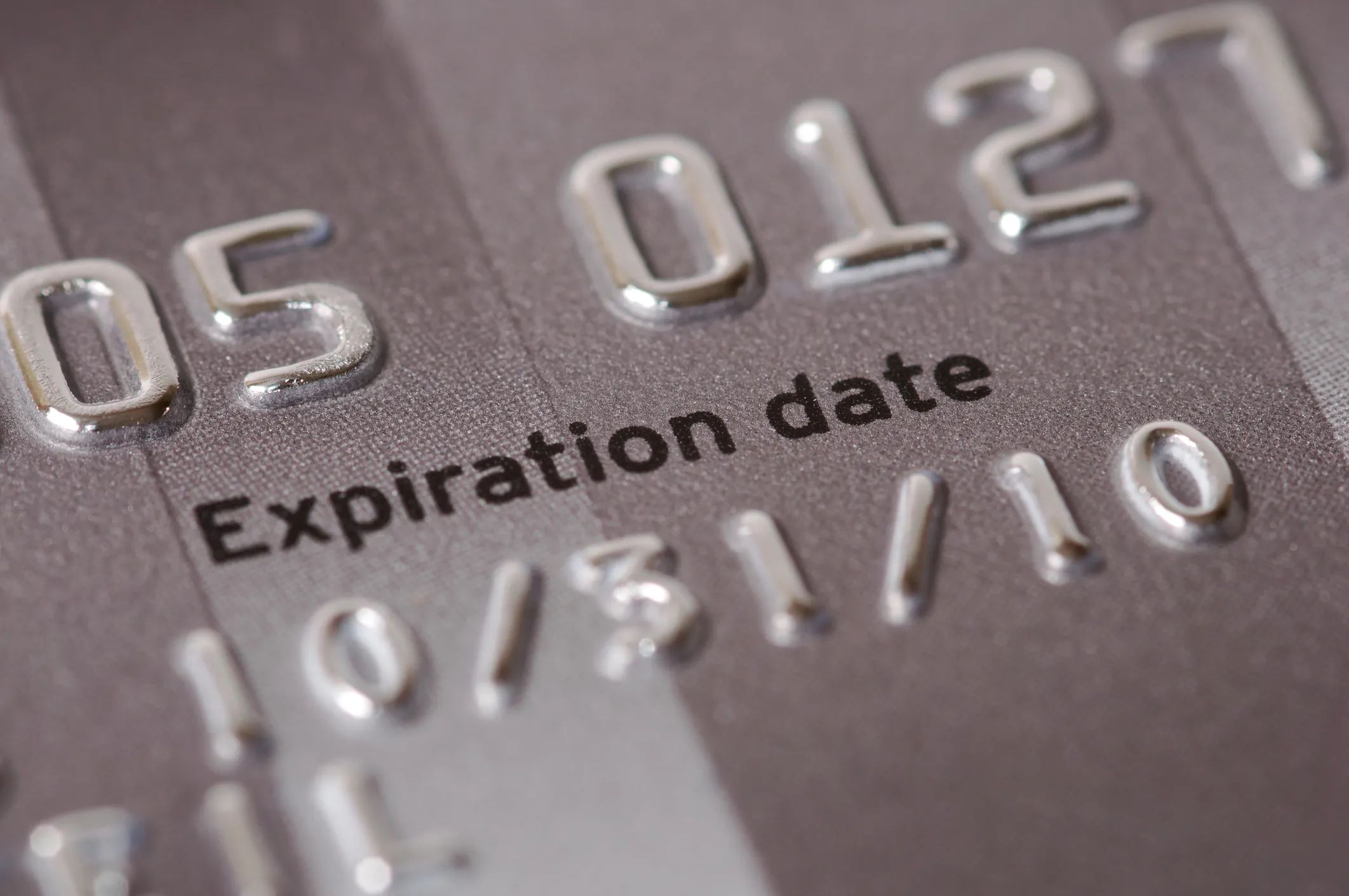

Finance
When Is The Statement Date Of Credit Card
Modified: March 6, 2024
Learn when the statement date for your credit card is to effectively manage your finances and avoid late payments.
(Many of the links in this article redirect to a specific reviewed product. Your purchase of these products through affiliate links helps to generate commission for LiveWell, at no extra cost. Learn more)
Table of Contents
Introduction
When it comes to managing your finances, understanding the ins and outs of your credit card is crucial. One important aspect of credit card ownership is the statement date. But what exactly is the statement date, and why is it so important?
A credit card statement is a document that is generated by your credit card company on a monthly basis. It provides a summary of your card activity and serves as a billing statement for that particular month. The statement date, also known as the statement closing date, is the date on which this document is generated and marks the end of your billing cycle.
While the statement date might seem like a simple administrative detail, it actually plays a significant role in your credit card management. It determines when your payment is due, impacts your credit utilization, and can affect the timing of your financial planning.
In this article, we will delve deeper into the concept of the statement date of a credit card. We will discuss its importance, factors that can affect it, and how you can find your specific statement date. By gaining a better understanding of your credit card statement date, you can optimize your financial management and make informed decisions about your credit card usage.
Understanding Credit Card Statements
Before we delve into the significance of the statement date, let’s first familiarize ourselves with the structure of a credit card statement. The statement is a comprehensive document that provides a detailed summary of your credit card activity for a specific period, typically a month.
Typically, a credit card statement will include the following information:
- Account summary: This section provides an overview of your credit card account, including the outstanding balance, available credit, and minimum payment due.
- Transaction history: Here, you’ll find a list of all transactions made during the billing cycle, including purchases, balance transfers, and cash advances. Each transaction is accompanied by information such as the date, merchant, transaction amount, and category.
- Interest and fees: If you carry a balance on your credit card or have incurred any fees, such as an annual fee or late payment fee, these will be itemized in this section.
- Payment information: This section outlines the minimum payment due, the due date, and instructions on how to make a payment.
- Rewards summary: If your credit card offers rewards or cashback, you may find a summary of your accrued rewards or any special promotions in this section.
Keep in mind that credit card statements may vary slightly depending on the provider, but the information mentioned above is typically included.
Now that we understand the basic structure of a credit card statement, let’s explore the significance of the statement date and why it is important to be aware of it.
Importance of the Statement Date
The statement date of your credit card holds significant importance for several reasons. Understanding its impact can help you manage your finances more effectively and make informed decisions about your credit card usage. Here are some key reasons why the statement date is important:
- Billing Cycle: The statement date marks the end of your billing cycle. It is the date on which your credit card company generates your monthly statement. This is important because it signifies the date by which all transactions made during that billing cycle are included on your statement.
- Payment Due Date: The statement date also determines your payment due date. Typically, credit card companies provide a grace period during which you can make your payment without incurring interest charges. The payment due date is usually a few weeks after the statement date, giving you time to review your statement and make the necessary payment. It is crucial to make timely payments to avoid late fees and negative impacts on your credit score.
- Credit Utilization: Credit utilization refers to the percentage of your available credit that you have utilized. It plays a significant role in determining your credit score. Your statement date affects how your credit utilization is reported to the credit bureaus. The balance on your statement, compared to your credit limit, is what is typically reported. Keeping your credit utilization ratio low (below 30% is generally recommended) can positively impact your credit score.
- Transaction Monitoring: Reviewing your credit card statement is a crucial part of monitoring your transactions and ensuring that there are no unauthorized charges or errors on your account. By regularly checking your statement, you can identify and report any fraudulent activity promptly.
By understanding the importance of the statement date, you can plan your financial activities accordingly, make timely payments, and maintain a healthy credit score.
Factors Affecting the Statement Date
While credit card companies generally follow a specific billing cycle, the exact statement date can vary. Certain factors can influence the statement date, and it’s essential to be aware of these variables. Here are some factors that can affect the statement date of your credit card:
- Credit Card Company Policy: Each credit card company has its own policies when it comes to statement dates. They may have a predetermined schedule or a set number of days after the end of each billing cycle for generating statements. It’s important to review your credit card agreement or contact your credit card issuer to understand their specific policies and statement date calculation methods.
- Billing Cycle Length: The length of your billing cycle can impact the statement date. Most credit card companies have a billing cycle of 28 to 31 days. The statement date will generally be on the same day each month, but it may drift by a day or two due to differences in the number of days in each month.
- Weekend or Holiday: If the statement date falls on a weekend or a holiday, the credit card company may adjust the date accordingly. They might generate the statement on the nearest business day or delay it until the following business day.
- Cut-Off Time: Some credit card companies have a specific cut-off time during the day. Any transactions made after this cut-off time may not be captured in the current billing cycle and will be included in the next statement.
- New Account or Closing Date: When you open a new credit card account, the statement date may be aligned with the account open date instead of the regular billing cycle. Similarly, if you close your credit card account, the statement date will be set based on the account closure date.
It’s important to note that while you may have some control over certain factors, such as the timing of your transactions, the specific statement date is ultimately determined by your credit card company’s policies and procedures.
Being aware of these factors can help you anticipate any changes in your statement date and ensure that you stay on top of your credit card payments and financial management.
Common Statement Dates
Although the statement date can vary depending on your credit card company’s policies, there are some common statement dates that you may come across. These dates are often used as a reference point for many credit card users. Here are a few of the most common statement dates:
- First of the Month: Many credit card companies have statement dates that fall on the first day of the month. This is a popular choice because it aligns with the beginning of the billing cycle and makes it easier for cardholders to remember their statement date.
- Middle or Mid-Month: Some credit card companies choose statement dates that fall in the middle of the month. This could be around the 15th or 16th day of the month. By selecting a mid-month statement date, it allows for a more balanced distribution of statements throughout the month.
- Last Day of the Month: Certain credit card issuers opt for statement dates that coincide with the last day of the month. This ensures that the statement covers the entire month’s transactions, making it easier for cardholders to track their spending on a monthly basis.
- Specific Day: Some credit card companies may have a specific day of the month as their statement date, regardless of the number of days in the month. For example, your statement date could be the 10th of every month, irrespective of whether it falls on a weekday or weekend.
It’s important to remember that these common statement dates are not universally applicable to all credit card issuers. The best way to determine your specific statement date is to refer to your credit card statement or contact your credit card company directly.
Knowing the common statement date patterns can give you a general idea of when to expect your credit card statement each month, allowing you to plan your payments and financial management accordingly.
How to Find Your Credit Card Statement Date
Locating your credit card statement date is relatively straightforward. There are a few methods you can use to find this information:
- Check Your Online Account: Most credit card issuers provide online account access. Log in to your account using your credentials and navigate to the account summary or statements section. Here, you should be able to view your current statement as well as the statement date for the upcoming cycle.
- Review Your Paper Statement: If you receive your credit card statements in the mail, the statement date will be clearly displayed on the document. Take a look at the top or bottom section of the first page to find the statement date.
- Contact Customer Service: If you are unable to find your statement date through online access or paper statements, reach out to your credit card issuer’s customer service. They will be able to provide you with the exact statement date for your account.
- Mobile App: Many credit card companies have mobile apps that allow you to manage your account on the go. Check the app for a statements or billing section where you can find your statement date information.
It’s important to note that your statement date may change over time due to various factors such as account activity or changes in credit card terms. Therefore, it’s a good practice to check your statement date periodically to ensure you are aware of any changes.
By knowing your credit card statement date, you can plan your payments, review your transactions, and stay on top of your account activity, ultimately helping you manage your finances more effectively.
Why Knowing Your Statement Date Is Important
Understanding your credit card statement date holds significant importance for effectively managing your finances. Here are several key reasons why knowing your statement date is crucial:
- Timely Payment: Your statement date determines your payment due date. By knowing when your statement is generated, you can ensure that you make your payments on time to avoid late fees and negative impacts on your credit score.
- Accurate Budgeting: Your credit card statement provides a summary of your spending for a specific period. Knowing your statement date allows you to review your expenses and make accurate budgeting decisions for the upcoming month.
- Credit Utilization Management: The balance on your credit card statement, compared to your credit limit, determines your credit utilization ratio. By being aware of your statement date, you can plan your credit card usage to keep your utilization ratio low, which can positively impact your credit score.
- Transaction Monitoring: Regularly reviewing your credit card statement enables you to monitor your transactions for any unauthorized charges, errors, or fraudulent activities. Knowledge of your statement date allows you to promptly identify any discrepancies and report them to your credit card issuer.
- Reward Redemption: If your credit card offers rewards or cashback programs, understanding your statement date helps you track the accumulation of rewards and plan for their redemption. This ensures that you do not miss out on any valuable benefits.
- Financial Planning: Knowing your statement date allows you to align your credit card payments with your overall financial planning. You can schedule payments, set reminders, and organize your finances more effectively when you are aware of when your statement will be generated and when your payment is due.
Overall, knowing your credit card statement date empowers you to stay on top of your payments, manage your credit utilization, monitor your transactions, and make informed financial decisions. It is an essential piece of information that allows you to maintain control over your credit card usage and ensure financial wellness.
Conclusion
Understanding the statement date of your credit card is crucial for effective financial management. It serves as a reference point for your billing cycle, payment due date, and credit utilization calculation. By knowing your statement date, you can plan your payments, track your expenses, and make informed decisions about your credit card usage.
Throughout this article, we have explored the various aspects of credit card statements and the importance of the statement date. We discussed how credit card statements provide a comprehensive overview of your card activity, including transactions, balances, and payment information.
Factors such as credit card company policies, billing cycle length, and cut-off times can affect the statement date. However, by utilizing online account access, reviewing paper statements, or contacting customer service, you can easily find your specific statement date.
Knowing your statement date enables you to make timely payments, manage your credit utilization, monitor transactions, and accurately budget your expenses. It also plays a crucial role in maintaining a good credit score and taking advantage of rewards programs.
By acknowledging the significance of the statement date and incorporating it into your financial planning, you can stay in control of your credit card usage and navigate your financial journey with confidence.
Remember to regularly review your credit card statements, reconcile your expenses, and stay vigilant against any fraudulent activities. By leveraging the power of your statement date, you can take charge of your credit card finances and work towards achieving your financial goals.














